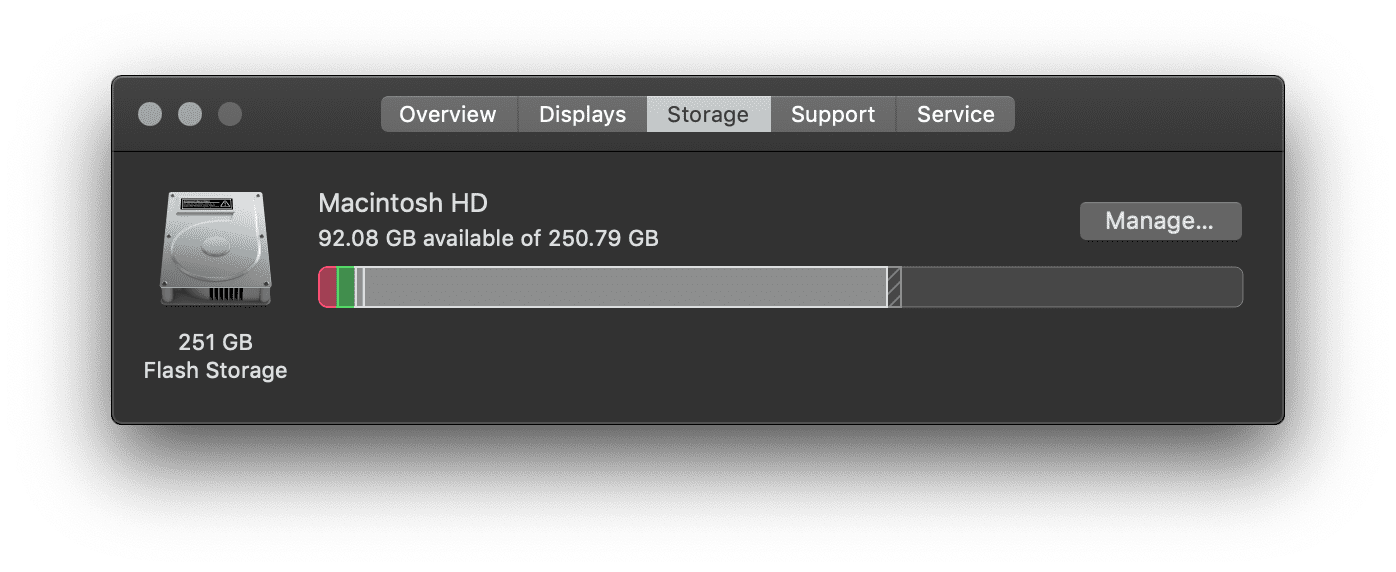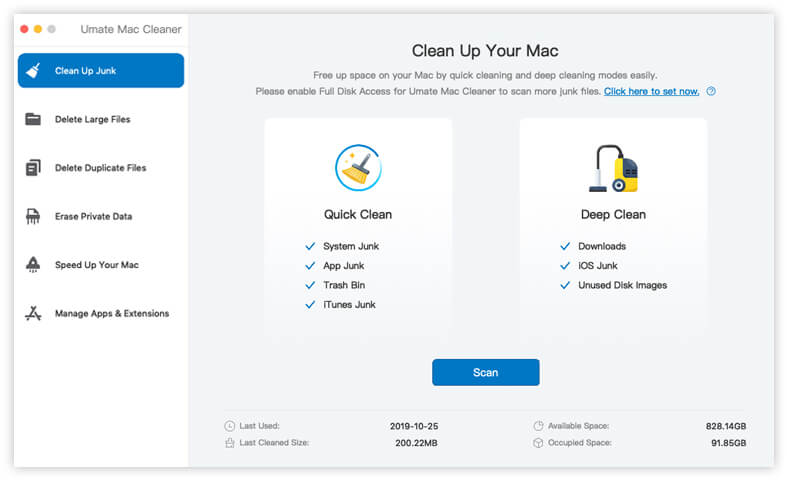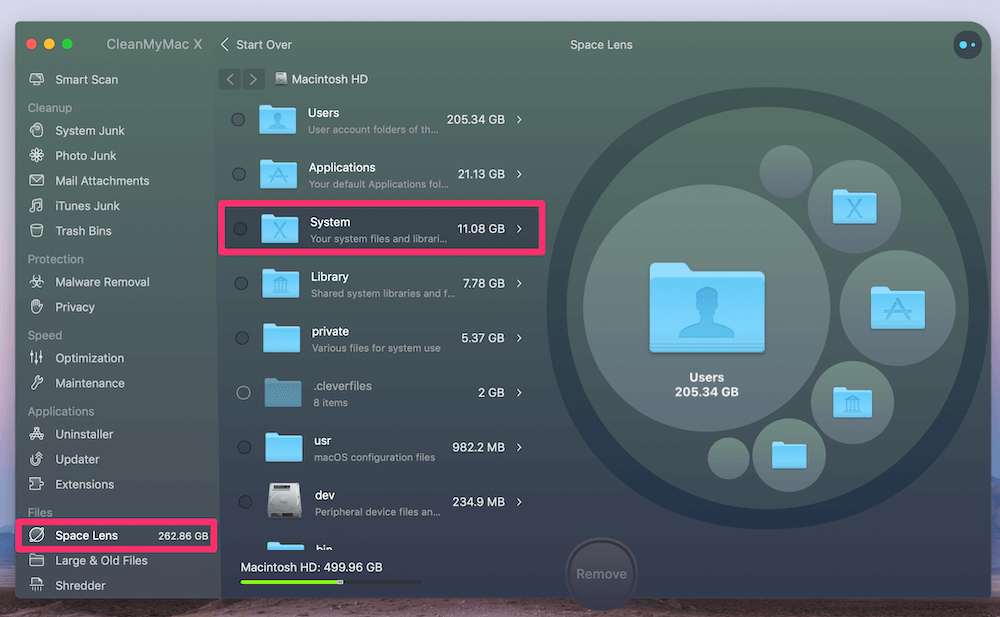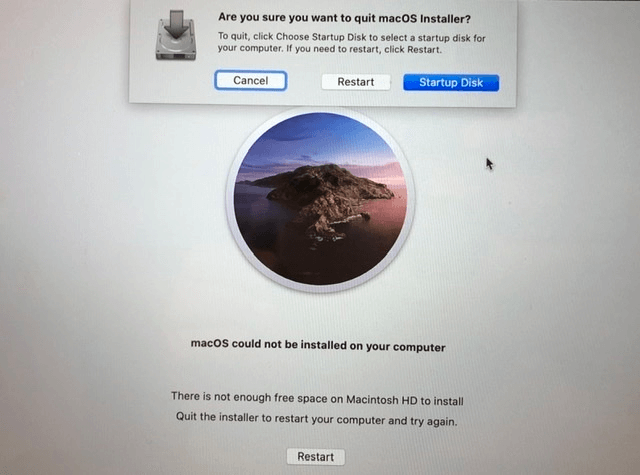

- HOW TO MAKE MORE SPACE ON MAC OS X STARTUP DISK LIBRARY HOW TO
- HOW TO MAKE MORE SPACE ON MAC OS X STARTUP DISK LIBRARY INSTALL
- HOW TO MAKE MORE SPACE ON MAC OS X STARTUP DISK LIBRARY PASSWORD
To switch back and forth between the internal and external drive, you have to restart your computer and hold down the OPTION key. Note that when it finally boots into OS X, that is the version running off your external drive. While OS X is installing, your computer will restart a couple of times.
HOW TO MAKE MORE SPACE ON MAC OS X STARTUP DISK LIBRARY INSTALL
Whichever method you choose, it will take anywhere from 15 to 30+ minutes to install OS X onto your external hard drive.
HOW TO MAKE MORE SPACE ON MAC OS X STARTUP DISK LIBRARY PASSWORD
Using this method, you’ll have to login using your Apple ID and password so that the entire OS X installer can be downloaded off of Apple’s servers.

Again, you’ll go through some basic screens, but when you get to the hard disk screen, click on Show All Disks again. The OS X Utilities screen will appear and here you want to click on Reinstall OS X. The second method to install OS X is to restart the Mac and press and hold the COMMAND + R keys. Note that by default, the Mac will start booting up directly to the external hard drive until you change it.
HOW TO MAKE MORE SPACE ON MAC OS X STARTUP DISK LIBRARY HOW TO
OS X will automatically continue installing onto the external hard drive rather than booting up to your internal version of OS X.Īt the end of this article, I’ll show you how to boot up to the external hard drive, so skip down if you ended up using the App Store method. Note that your computer may restart during the install and you don’t have to do anything. Click Continue and then follow the instructions to complete the installation. You can also tell it’s an external hard disk because it uses the icon with the orange hard drive. I named my external hard drive OS X and that shows up in the middle. By default, it is set to MacBook.Ĭlick on the Show All Disks button and you’ll see an icon for the different disks and partitions on the Mac. Keep clicking past the license agreement, etc., until you get to the screen that asks you which disk to install OS X on. Once it has been downloaded, just double-click the installer, which will be located in the Applications folder. Note that if you already have that version of OS X installed, you’ll see a popup message appear asking if you still want to continue or not. Go ahead and click the Download button to start downloading the installer. Once you open the App Store, you’ll see a link on the right for the latest version of OS X (El Capitan as of this writing). The easiest way is to download OS X from the App Store. I’ll show you both methods in case one isn’t working for you. There are two ways you can install OS X on to your external hard disk: by reinstalling OS X from the OS X Utilities repair screen or by downloading OS X from the App Store and running the installer.

It should only take a minute or two for the drive to be erased and reformatted. Give your drive a name, choose OS X Extended (Journaled) for Format and GUID Partition Map for Scheme.

When you click Erase, a dialog will pop up where you can configure some options. Make sure you backup any data before you erase the drive. Under External in the left hand menu, click on your external hard drive and then click on the Erase button. To do this, open Disk Utility and connect the drive to your Mac. The file format has to be Mac OS X Journaled and you have to use the GUID partition map. The first thing you’re going to need to do is format the external hard drive properly.


 0 kommentar(er)
0 kommentar(er)
